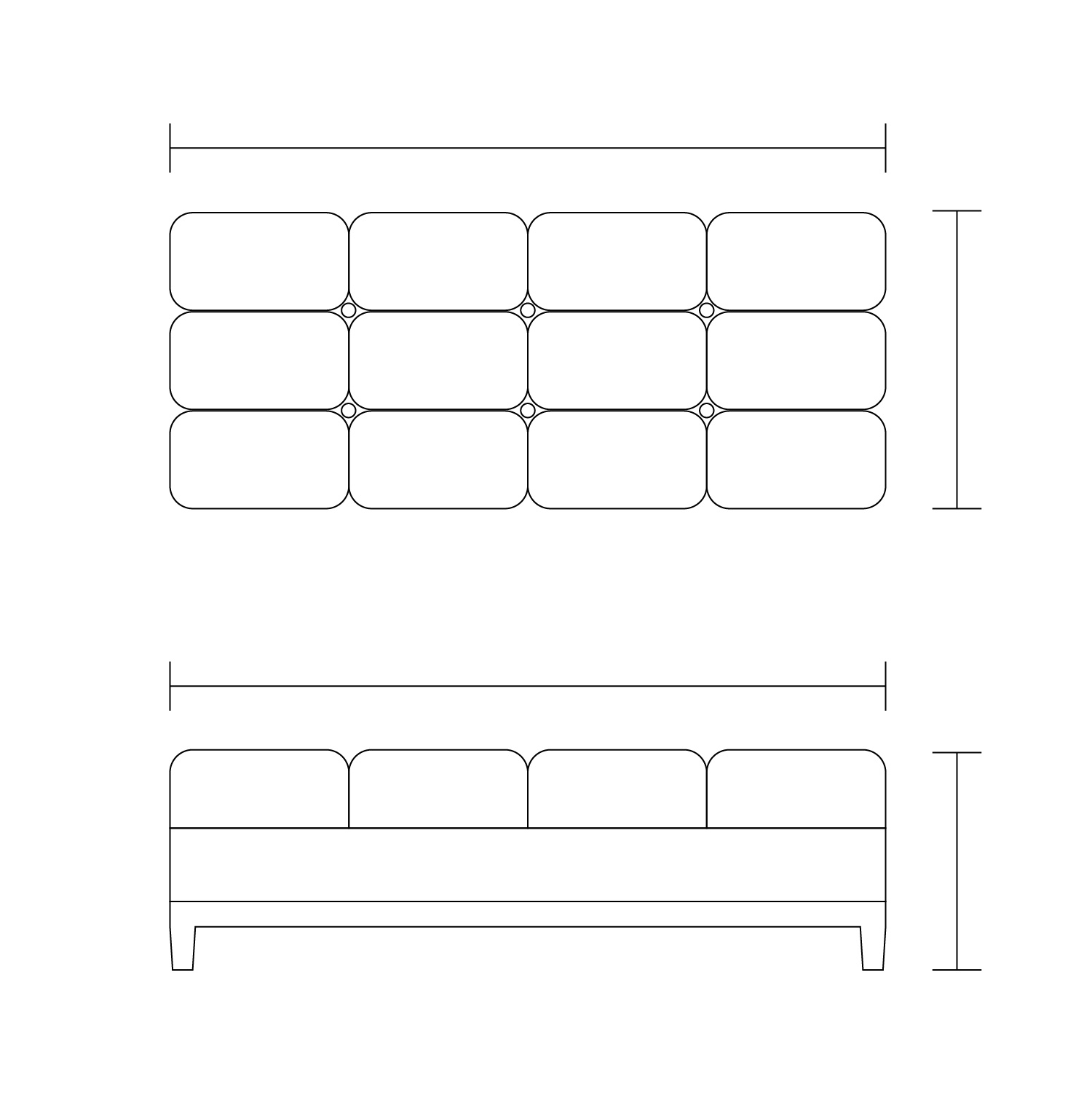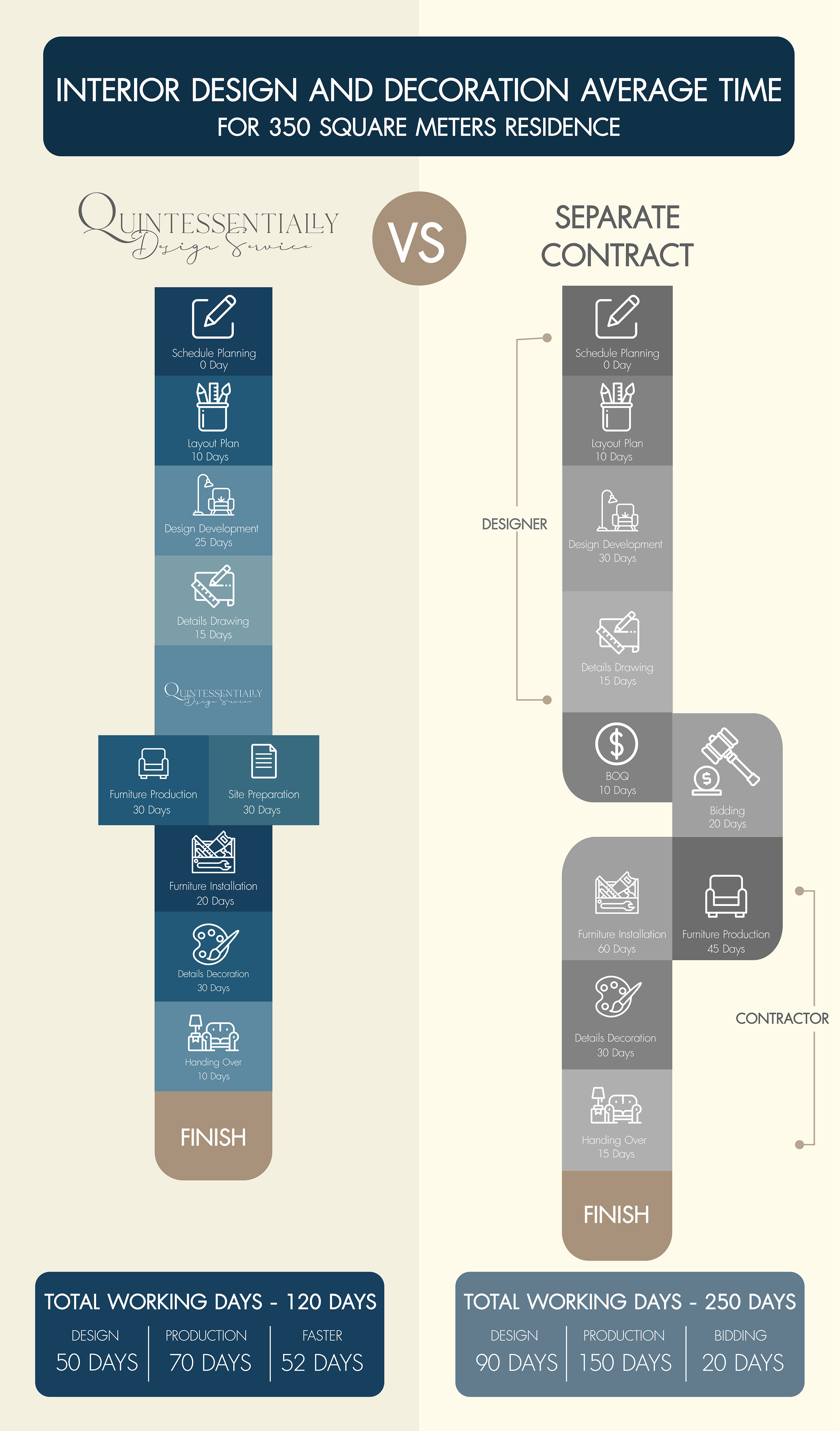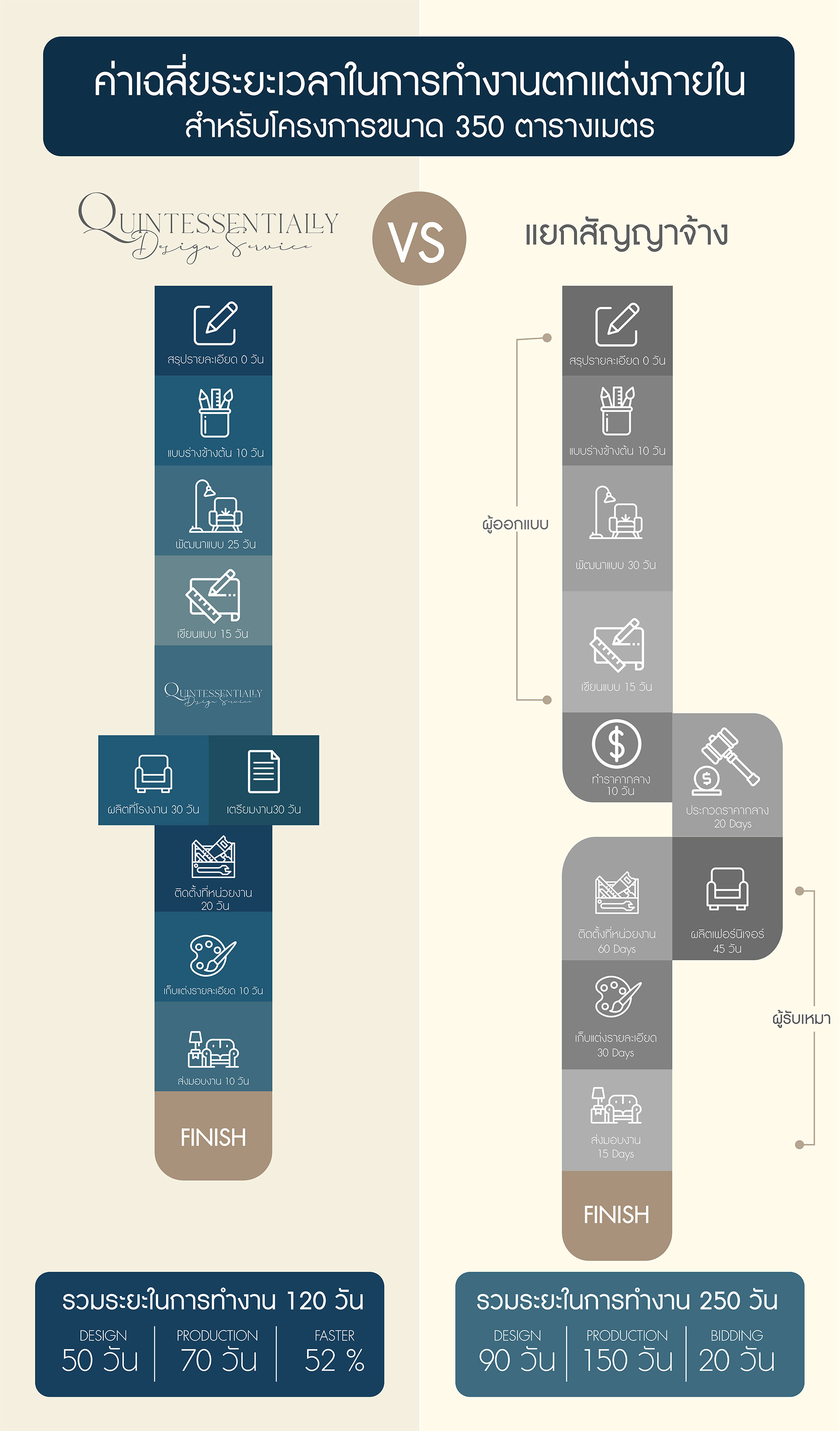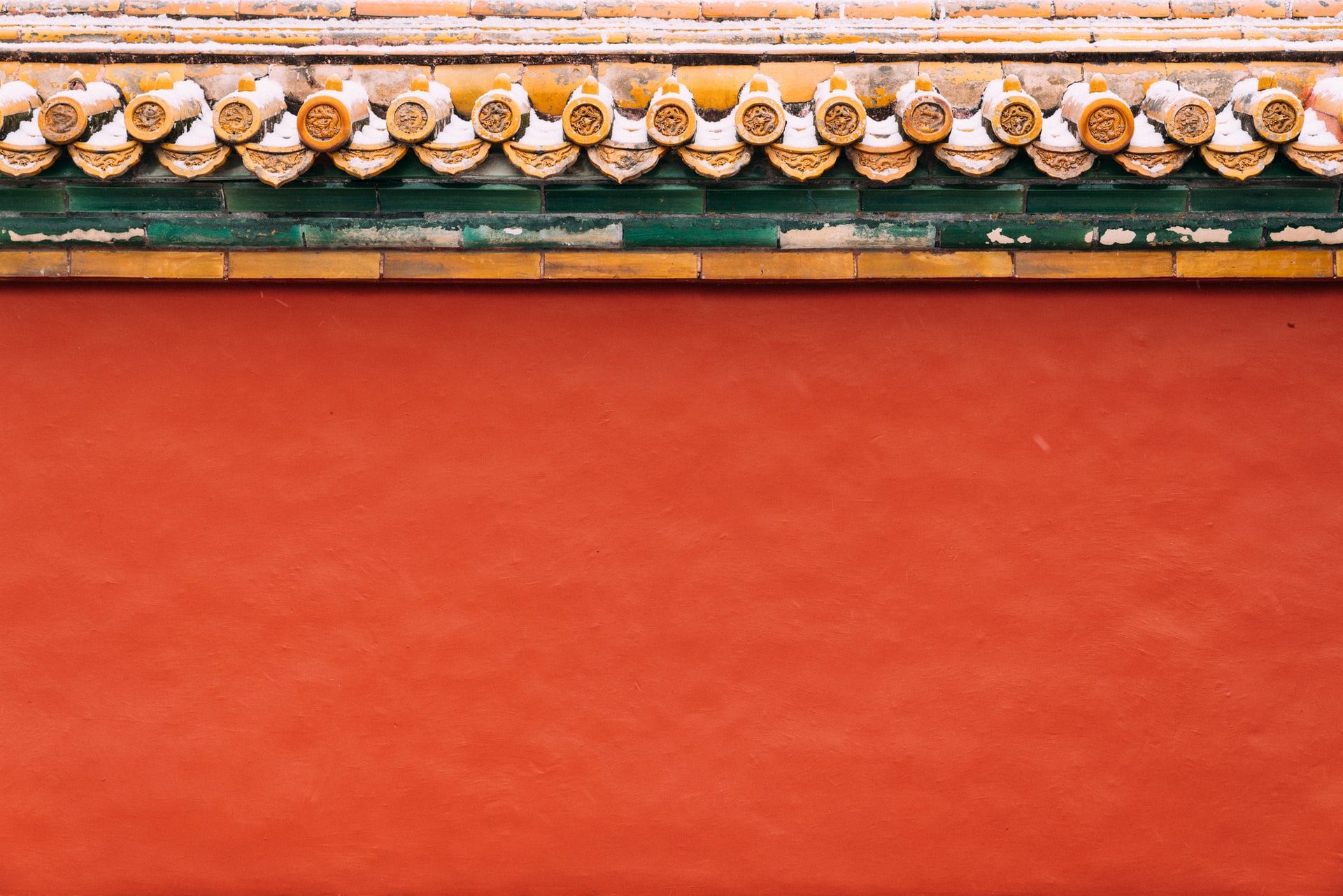
Siheyuan
Classic Chinese Architecture
| EN | TH |
With a history of more than 4000 years, China is one of the oldest civilizations in the world. Therefore, it is not surprising that the Chinese people have their own unique beliefs, knowledge and richly diverse culture and arts and these have been passed down through the centuries.
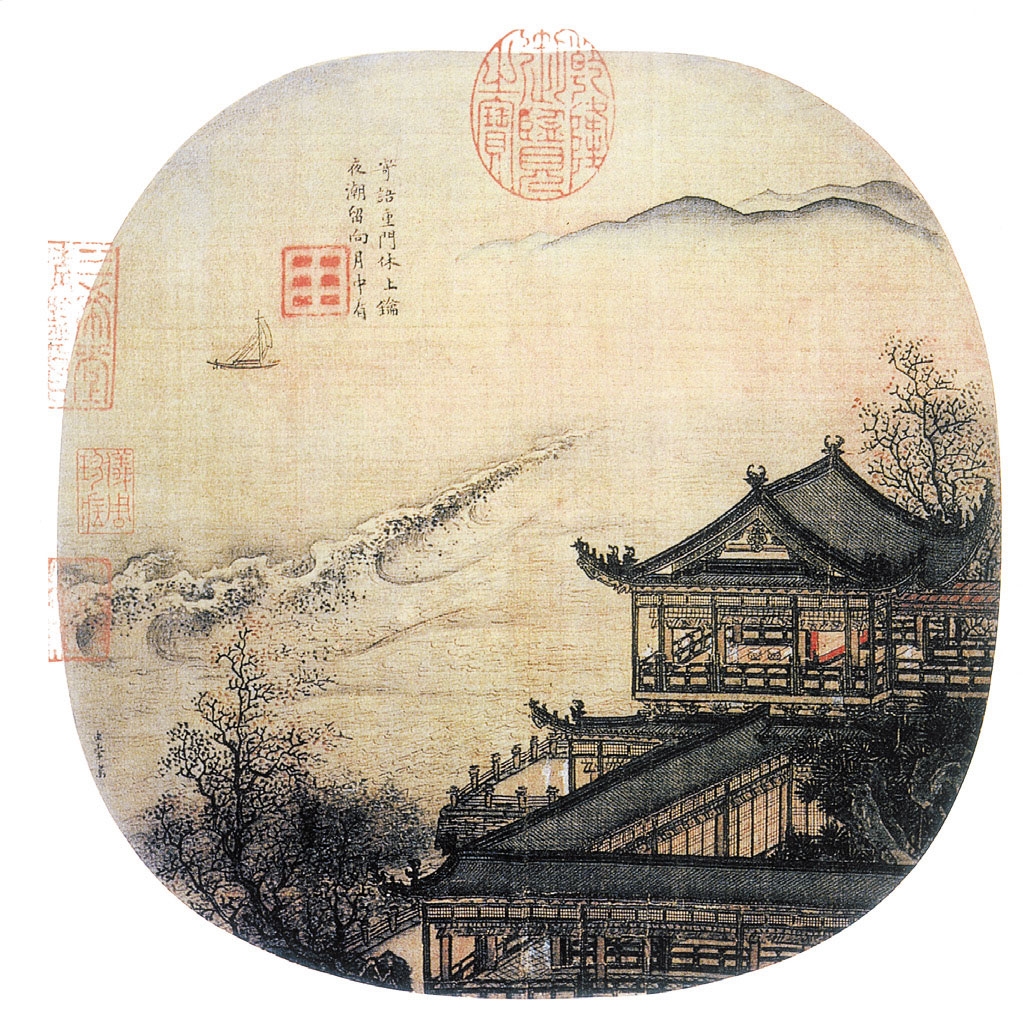
Cr. Cim.chinesecio
Chinese architecture is unique and quite different from other cultures. “Feng Shui” plays an important role in determining the layout of a traditional Chinese building regardless of whether it is a palace or a temple. The different socio-cultural, spiritual, climatic, aesthetic and philosophical aspects of Chinese culture also play a role. As you read on, you will learn a lot about the details involved in building traditional Chinese buildings and in particular, homes in the style of “Siheyuan.” In Beijing, there are hutongs or alleys of such siheyuan houses that frequently attract visitors from all over. They are representative of the heart of old Beijing.
One of the most common styles of Chinese houses in ancient times was Siheyuan. This style of home is considered one of the most basic architectural structures for the Chinese. These Chinese Courtyard Houses are unique and beautiful in their own amazing way.

Cr. Okls
A typical Siheyuan Chinese home is usually square and has a fence around it. The house is divided into separate buildings for separate purposes. For instance, there is a separate area for resting, another for servants or workers and another for hosting guests.
The layout of such ancient Chinese houses is quite distinctive. The buildings are arranged in a rectangular shape within the fence and the middle of the structure is open with a courtyard. This open courtyard is used for many different purposes. The walls of the fence around the house are around 1.5-2 meters. The walls of the house itself are usually higher than the fence around it.
One reason for building the house in this way around a courtyard was to help endure the extreme weather conditions. This kind of structure helped them get through blizzards, desert storms or heavy rains. Having the courtyard in the middle also made it convenient for the family to use the space for various activities throughout the year.
Si He Yuan (四合院)
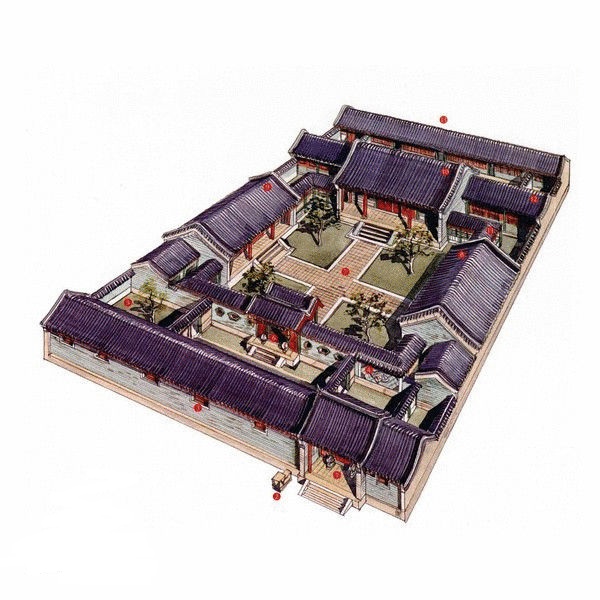
Cr. Okls
Si He Yuan is more commonly known by the Thai people as Ruen-Si-Prasarn (เรือนสี่ประสาน). This style of house has buildings surrounding a courtyard in all four directions. This architectural style was inspired by the Chinese U-shaped Courtyard House called Sanheyuan (三合院). Sanheyuan structures had buildings in 3 directions around a courtyard and looked like a horseshoe. Later on, another building was added to the open part and this led to the current Siheyuan style house.

Cr. Understandingchina
Since the buildings are built around a courtyard, it allows free airflow and prevents the house from getting too hot during summer days. The open area in the middle also helps in minimizing the cold drafts that blow through during winter storms.
Traditionally, the house is built along a northwest axis. The front of the house would face the west and the back is towards the north. Building the house in this way also allows the cool wind to flow through the house in summer and protects it from cold winds during winter.
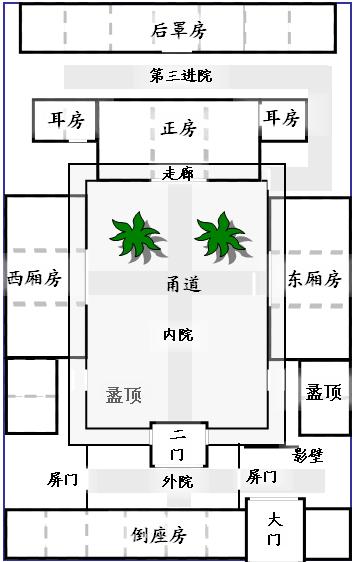
Cr. Zh.wikipedia
The wealthy Chinese families often added a separate structure in front of the main house with a smaller courtyard. The main gate in the house is called Da Men (大门). Common households only have one main door so their Da Men was built in the middle. For wealthier families, there are multiple doors and the innermost gate is the Da Men which is built in the centre. The outer doors are built on the left or right and not placed centrally. The wealthier the family, the more the doors in the house.
The layers of doors follow an alternate pattern of left and right till the lead to the inner main gate in the middle. All of this is done while following the guidelines of Feng Shui which is a prominent aspect of Chinese culture. It prevented outsiders from looking directly into the house.
The Zheng Fang (正房) or Main Residence in a Siheyuan house is usually the north building that faces south. The owner of the house resides in this building and it is usually quite bright and spacious.
Some large houses added an extra residence behind the main residence. This building in the backside was often meant for daughters of the household since they were not supposed to be exposed to the public. On the other hand, it could also be used for storage if the household does not have daughters.
The West Wing Residence (西廂房) or Xi Xiang fang and the East Wing Residence or Dong Xiang Fang (東廂房) buildings are used as secondary residence or for other activities. They were used as common areas for dining, for hosting guests, as a study room or for worshiping ancestors of the household.
The southern room receives the least light and is used as servants quarters. The servants stayed in this entrance area to welcome the guests and to inform the house owner when someone arrives.
The houses of wealthy noblemen were often built in a way that there were nearly 5-10 courtyards in one house. Every courtyard was meant for a different purpose and decorated in a unique way as per the wishes of the owner of the house. For instance, the front yard could be solely for hosting general guests. The innermost courtyard could be for hosting special guests. One courtyard could be used for gardening.
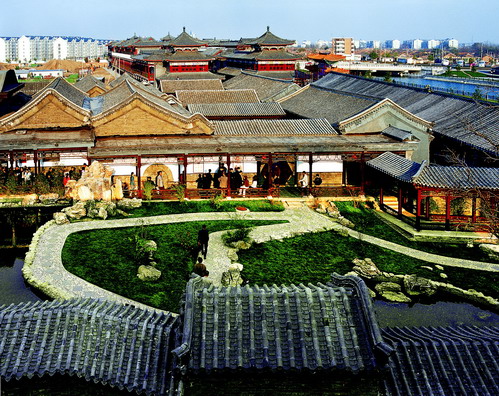
Cr. Zh.wikipedia
The Yuyuan Garden in Shanghai or the Shi Family Residence in Tianjin is an example of a house with multiple courtyards.
In Siheyuan houses, the main residence building was often built with high walls and no ceiling board. This allows you to see the main structure of the roof and facilitates proper air ventilation through the main house buildings.
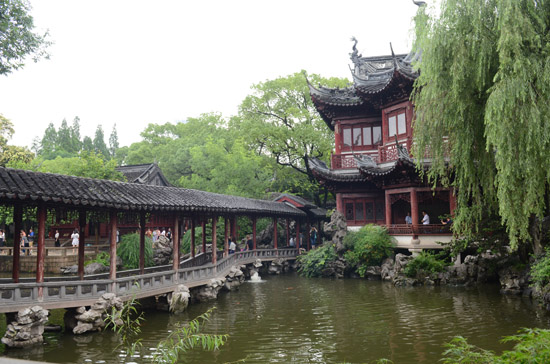
Cr. Zh.wikipedia
The north, east and west buildings are usually connected with corridors. These corridors are also connected to the main inner door. This corridor is called the Shao zhou corridor. Each courtyard is paved with a walkway or is decorated like a Chinese style garden. Each building has loose furniture and these can be moved around the house quite easily. Most of the rooms in such houses have minimal furniture and are not too cluttered.
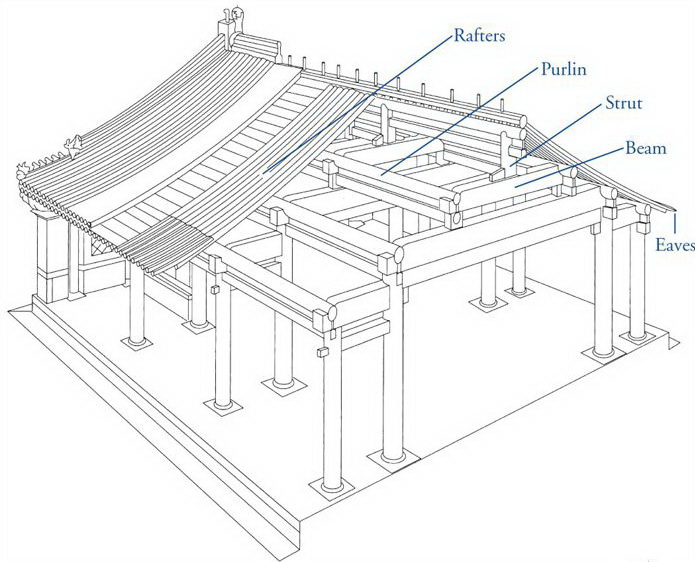
Cr. Slideplayer
The Chinese make the buildings more durable by connecting the different structures of the house with spurs and wooden bolts over metal. Using the knowledge passed down from ancient times, the structure is built in a complex way. The roof structure in particular is quite complex as it is built on a large round column that serves as a support for the beams. Usually, the roofs have two or more layers of beams depending on the size and the slope of the roof. The characteristic wooden rafters which may be curved are then placed in a way to support the purlin of the Chinese style roof. The Chinese style roof tiles are then placed one on top of the other as the topmost layer of the roof till it all comes together as a one storey structure. This creates the Xie shan roof (歇山顶) or the Chinese curved roof of the Siheyuan house.
It is also to be noted that the materials used in these houses were quite simple. Wood and tiles were primarily used in traditional houses. However, you can see the use of concrete and steel in modern versions of these houses. The overall gray tone gives a comfortable and simple feeling from the house. Since wood was used for building most of the structure, it also protected the house from earthquakes.
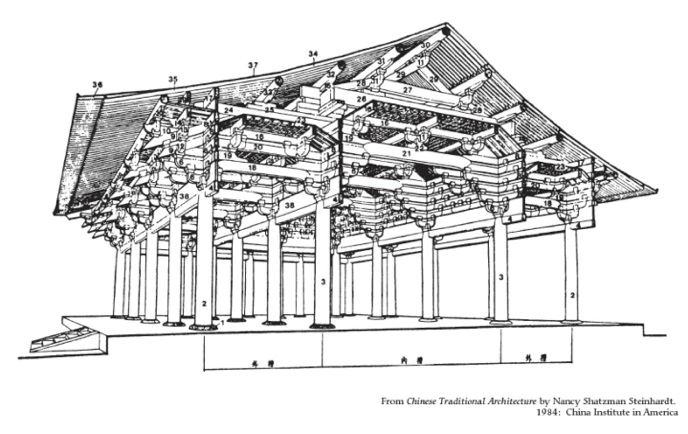

 By
By 





























